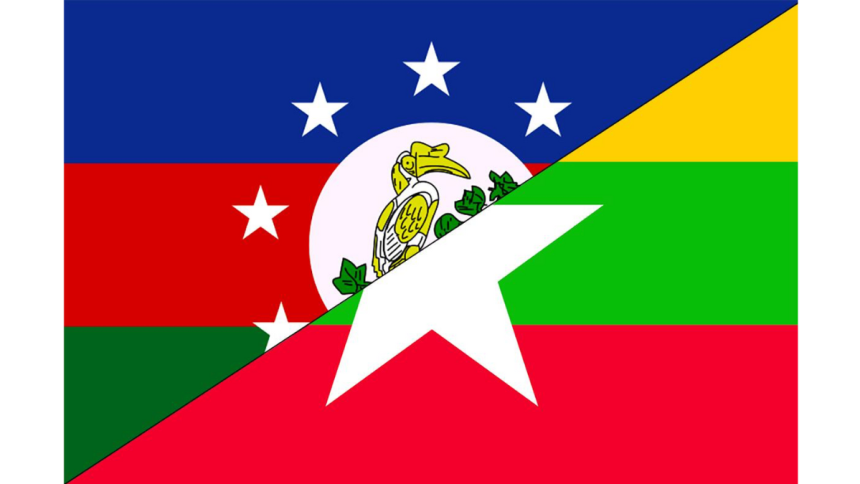Myanmar is the largest country in Southeast Asia. It’s a place that is home to stunning temples, fascinating culture and impressive landscapes. It’s also a country that is both complex and intriguing linguistically speaking. In fact, Myanmar is one of the most linguistically diverse countries in the world, with over 100 different languages and dialects spoken. While Burmese is the country’s only official language, Hakha Chin holds enormous cultural and religious significance. Read on to discover whether you’d be better off accessing Burmese or Hakha Chin translation services.
Burmese: Myanmar’s official language
Burmese is widely spoken in Myanmar – previously known as Burma – and used for government purposes, as well as in the media and educational institutions. If your project involves communicating with official agencies in Myanmar, you may well require Burmese translation services, especially for formal and public communication.
Burmese: Fun Facts
Burmese is an ancient tonal language, which uses a unique script that s=is in fact one of the oldest in Southeast Asia. It features an alphabet with 33 consonants and 12 vowels and also includes some unusual words, particularly for foreign objects. For example, when Burmese speakers first discovered things such as a television, there was no Burmese word to use. Consequently, they made one up! In Burmese, “hmu-byaing-lun” roughly translates as “seeing moving pictures” – and it’s the Burmese word for television!
Hakha Chin: Cultural and religious significance
Hakha Chin, meanwhile, is not as widely spoken as Burmese, but has far-reaching significance, both in Myanmar and among the Burmese diaspora across the world. Within the Chin ethnic group in particular, this language holds enormous significance. For these people, Hakha Chin is more than a language, it is a symbol of identity.
For the Chin community, this language is a connection to their ancestors and heritage. It’s more than words; it’s also a way of accessing the stories and narratives that have been passed down through the generations. This spiritual purpose of the Hakha Chin language can be seen in the role it plays in religious ceremonies. In the Chin State, most people are practicing Christians, and most religious services are conducted in Hakha Chin. In the late 19th century, the Bible was translated into Hakha Chin, allowing the Chin people greater access to Christianity.
Hakha Chin translation services
A Hakha Chin translator is crucial for enabling effective communication between the Chin community. While Burmese is the usual language for official services in Myanmar, people in the Chin State community are far more likely to use and prefer Hakha Chin. What’s more, there are growing numbers of Hakha Chin speakers in the United States, too. Recent years have seen an influx of people from Myanmar arrive in the US, which has historically welcomed Chin refugees. States such as Indiana, Texas, Iowa, Arkansas and Minnesota have thriving Chin communities hailing from Chin State.
Hakha Chin translation services are a vital resource enabling these people to access healthcare, education and legal services. Moreover, these flourishing communities have established churches, cultural organizations and other support networks that may benefit from a Hakha Chin translator, to facilitate effective communication with English speakers.
Effective and precise communication between English speakers and people originating in Myanmar hinges on an understanding of, and respect for, Myanmar’s complex linguistic diversity. It’s also vital to remember the unique challenges faced by speakers of minority languages – including Hakha Chin. These people may require more tailored translation and interpretation services. By bearing these factors in mind, you will allow fruitful, respectful and accurate communication to take place!
Lynn Martelli is an editor at Readability. She received her MFA in Creative Writing from Antioch University and has worked as an editor for over 10 years. Lynn has edited a wide variety of books, including fiction, non-fiction, memoirs, and more. In her free time, Lynn enjoys reading, writing, and spending time with her family and friends.















